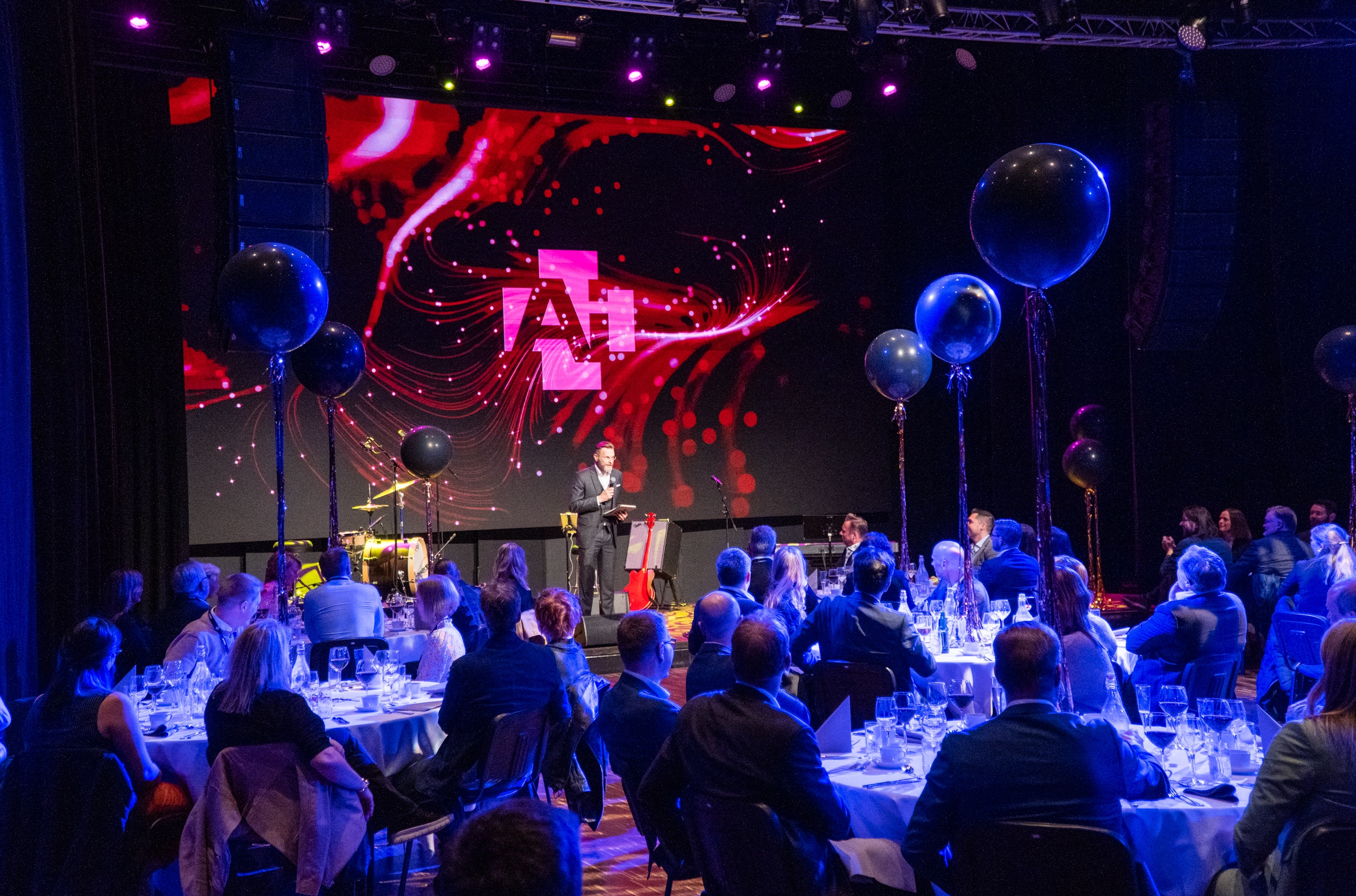AI+ News
-

AI technology with a beneficial impact on biodiversity
in AI+ NewsSimula Consulting was founded for a main reason; bringing the fruits of technological research to society, and the ambition of CTO Omar Richardson is for Simula Consulting to become the […]
-

AI represents vast opportunities when cleaning up nuclear sites
in AI+ NewsDecommissioning nuclear research plants requires expertise across various fields, which makes it a complex task. Norwegian Nuclear Decommissioning (NND) is a government-owned company established to ensure the safe and cost-effective […]
-

First company to deliver applied AI-based systems in Norway
in AI+ NewsComputas provides digital solutions and consulting services within IT, cloud, and big data, and their expertise lies primarily in public administration, health, energy, and logistics. The company was founded in […]
-

VIDEO: – AI gives us enormous opportunities
in AI+ NewsArtificial intelligence (AI) is not just a futuristic technology or an exclusive tool for experts; it’s all around us, and its influence on society is growing by the day. To […]
-

Digitalizing and improving solutions of societal importance
in AI+ NewsKantega has a task of national significance ahead when collaborating with Enova in making the governmental company more data-driven. With a yearly investment of four to six billion NOK in […]
-

AI for Energy Management: Smart Homes to Sustainable Smart Cities
in AI+ NewsBy Surender Redhu, March 23, 2023 As the world continues to grapple with the challenges of climate change and the need for sustainable living, there is an increasing need for […]
-

Highlights from AI+ 2022
in AI+ NewsThe AI+ conference gathers experts, politicians, business people, and others interested in or related to artificial intelligence (AI) in some way or another. From 3 May to 4 May, 2023, […]
-

VIDEO: The human understanding of machine learning
in AI+ News– We live in a marvellous time where machines are solving our problems, states Inga Strümke, PhD, from the Norwegian University of Science and Technology (NTNU) and the Norwegian Open […]
-

– When do we trust machines? Are people flawless?
in AI+ NewsGlenn Henriksen argued in his speech that we expect a higher level of precision from machines and computers than we do from humans. Is this fair, or are we forsaking […]
-

A special guest visited the opening day of AI+ 2022
in AI+ NewsBy walking across the stage, the robot dog Spot showed artificial intelligence in practice and made everyone in Brygga kultursal stretch their necks as he entered the spotlight at the […]
